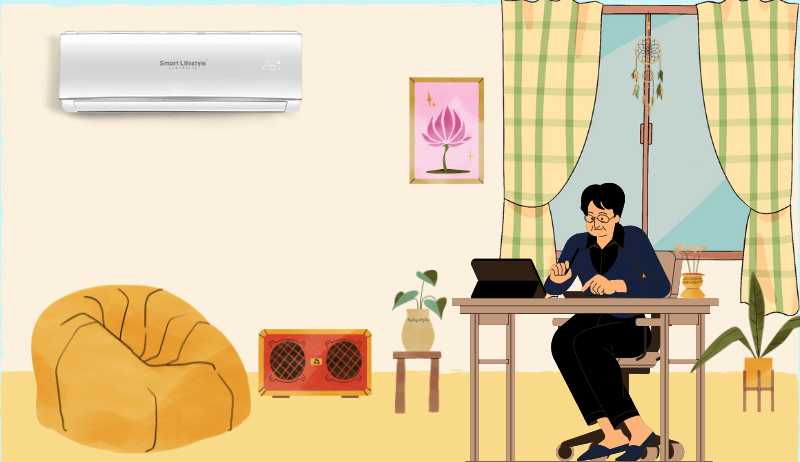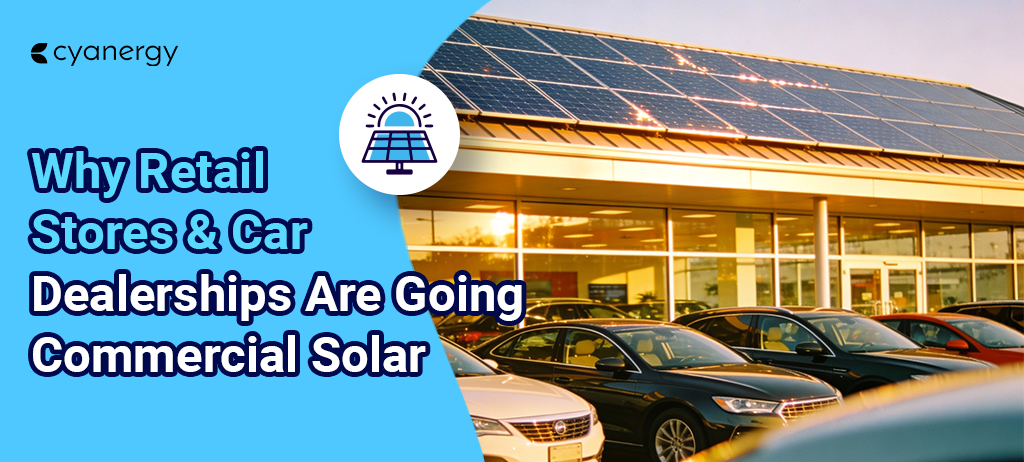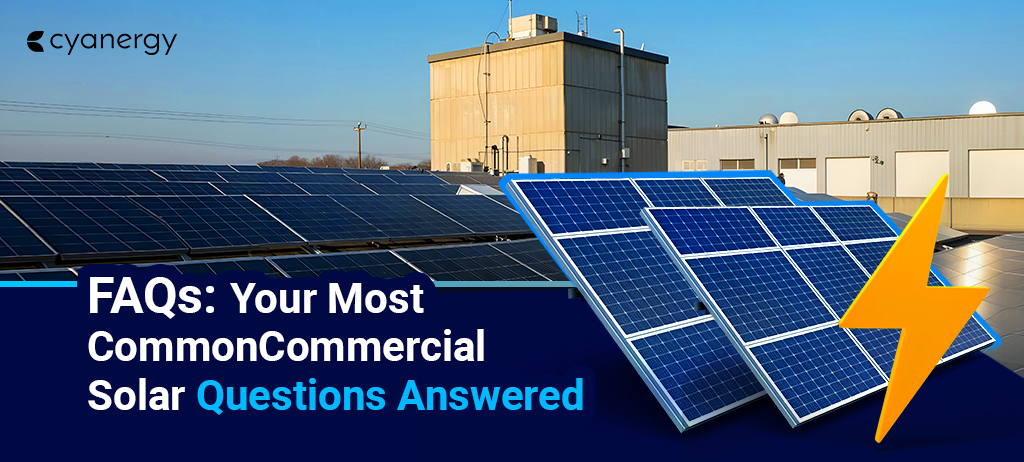With increasing concerns about environmental sustainability and the rising cost of fossil fuels, many homeowners and businesses are seeking alternatives to traditional gas ducted heating systems. Electric heating options have emerged as a promising alternative, boasting various benefits that make them attractive to those looking for energy-efficient and eco-friendly solutions.
In today’s discussion, we will explore the potential of electric heating systems as a replacement for gas ducted heating, analyzing their advantages, limitations, and overall impact on the environment.
The Popularity of Gas Ducted Heating
With increasing concerns about environmental sustainability and the rising cost of fossil fuels, many homeowners and businesses are seeking alternatives to traditional gas ducted heating systems. Electric heating options have emerged as a promising alternative, boasting various benefits that make them attractive to those looking for energy-efficient and eco-friendly solutions.
In today’s discussion, we will explore the potential of electric heating systems as a replacement for gas ducted heating, analyzing their advantages, limitations, and overall impact on the environment.

How Does Gas Ducted Heating Work?
Gas ducted heating, also known as gas central heating, is a popular and effective way to heat an entire home or building. It works by using natural gas or liquefied petroleum gas (LPG) as a fuel source to generate heat, which is then distributed throughout the building via a system of ducts. Let’s take a closer look at how gas ducted heating works:
- Gas Burner: The process begins with a gas burner, usually located in a combustion chamber. The burner ignites the natural gas or LPG and produces a controlled flame.
- Heat Exchanger: The heat generated by the gas burner is transferred to a heat exchanger. The heat exchanger is a metal component designed to absorb and retain the heat produced by the burner. As the hot gases from the burner pass through the heat exchanger, they transfer their heat energy to the metal surface.
- Air Handling Unit: Attached to the heat exchanger is an air handling unit (AHU). The AHU contains a powerful fan that draws in cold air from inside the building through a return air duct. The cold air passes over the hot surface of the heat exchanger, where it gets heated.
- Ductwork: Once the air is heated, it is then pushed through a system of ducts, which are typically installed in the ceiling or under the floor of the building. These ducts form a network that distributes the heated air to various rooms and areas in the building.
- Vents and Registers: The heated air is delivered to the individual rooms through vents and registers, which are usually mounted on the walls, floors, or ceilings. Vents can be adjusted to control the flow of warm air, allowing for better temperature regulation in different areas of the building.
- Thermostat Control: A central thermostat, often placed in a common area of the house, controls the gas ducted heating system. The thermostat monitors the indoor temperature and signals the gas burner to turn on or off as needed to maintain the desired temperature.
- Flue or Vent: During the combustion process, the gas burner generates combustion by-products, such as carbon dioxide and water vapor. These by-products are safely expelled from the heating system through a vent, which is a pipe that leads outside the building.
- Safety Measures: Gas ducted heating systems typically have safety features like a flame failure device and a carbon monoxide detector to ensure safe operation and prevent potential hazards.
The Rise of Electric Heating
Electric heating systems have garnered attention as a viable alternative to gas ducted heating. These systems use electricity to generate heat, eliminating the need for burning fossil fuels. The electric options are diverse, ranging from electric radiators and panel heaters to underfloor heating and heat pumps. Each of these technologies presents unique advantages, making them worth considering when searching for a gas ducted heating replacement. Why should you replace gas ducted heating with electric? There are plenty more reasons to be explained below.
But first-

How Does Electric Heating Work – Reverse Cycle Aircons
How Reverse Cycle Air Conditioners Work
- Heat Pump Technology: Reverse cycle air conditioners are based on heat pump technology. Unlike traditional electric heaters that directly convert electricity into heat, heat pumps transfer heat from one place to another, using a refrigerant to facilitate the heat exchange process.
- The Refrigeration Cycle: The reverse cycle air conditioner’s refrigeration cycle operates in both heating and cooling modes. In heating mode, the cycle is reversed compared to cooling mode.
- The Evaporator Coil (Indoor Unit): When the reverse cycle air conditioner is set to heating mode, the indoor unit, known as the evaporator, acts as the condenser. The refrigerant, typically a gas at this stage, absorbs heat from the indoor air.
- The Compressor: The refrigerant, now carrying the absorbed heat, is compressed by the compressor in the outdoor unit. Compressing the gas raises its temperature significantly.
- The Condenser Coil (Outdoor Unit): The hot, high-pressure refrigerant then flows through the outdoor unit’s condenser coil, which releases the heat to the outside air. As the refrigerant loses heat, it condenses back into a liquid state.
- Reversing Valve: The reversing valve is a crucial component in the reverse cycle air conditioner. It directs the flow of the refrigerant, enabling the system to switch between heating and cooling modes. In heating mode, the reversing valve redirects the flow of the refrigerant, sending the hot liquid refrigerant to the indoor unit (evaporator).
- Indoor Air Heating: As the hot refrigerant passes through the indoor unit’s evaporator coil, it releases the absorbed heat into the indoor air. The heated air is then distributed throughout the room through the air vents.
- Thermostat Control: The reverse cycle air conditioner is controlled by a thermostat, which allows users to set the desired temperature. The system adjusts its heating output based on the indoor temperature to maintain the set temperature level.
Benefits of Reverse Cycle Air Conditioners for Heating
- Environmental Friendliness: One of the most significant advantages of electric heating systems is their reduced impact on the environment. Unlike gas heating, electric systems do not produce direct emissions, making them a cleaner and more sustainable option for heating our homes and buildings.
- Energy Efficiency: Modern electric heating systems are designed to be highly energy-efficient. They can offer precise temperature control and zoning capabilities, which means you can heat specific areas of your home rather than the entire property, resulting in potential energy savings.
- Reduced Maintenance: Electric heating systems generally have fewer moving parts than gas ducted heating systems, leading to reduced maintenance requirements and potentially lower long-term costs.
- Safety: Electric heating systems are generally considered safer than gas heating, as there are no combustion processes involved, eliminating the risks associated with gas leaks or carbon monoxide poisoning.
- Flexibility and Zoning: Electric heating systems offer more flexibility in terms of installation and zoning. Different rooms or zones can be heated independently, allowing for personalized comfort and energy savings.
- Versatility: Reverse cycle air conditioners offer year-round comfort as they can provide both cooling and heating in a single system.

Limitations of Electric Heating
- Upfront Costs: Electric heating systems might have higher upfront costs compared to gas ducted heating systems. However, advancements in technology and increased demand for electric alternatives are likely to drive costs down over time. Also, there are several victorian government gas heater replacement to lower down the cost of choosing an energy efficient heating system like the reverse cycle aircons.
- Energy Prices: The cost-effectiveness of electric heating largely depends on electricity prices in a specific region. In some areas, electricity might be more expensive than natural gas, affecting the overall cost of operation.
Conclusion
As we strive to adopt sustainable practices and reduce our carbon footprint, the prospect of an electric replacement for gas ducted heating offers a promising solution. Before making the switch, it is essential to conduct a thorough evaluation of your specific heating needs, local energy prices, and the environmental impact of both options.
Consulting with heating professionals can also help you make an informed decision based on your circumstances and budget. Ultimately, transitioning to electric heating is a step towards a greener and more sustainable future, one that benefits both the planet and our daily lives.







